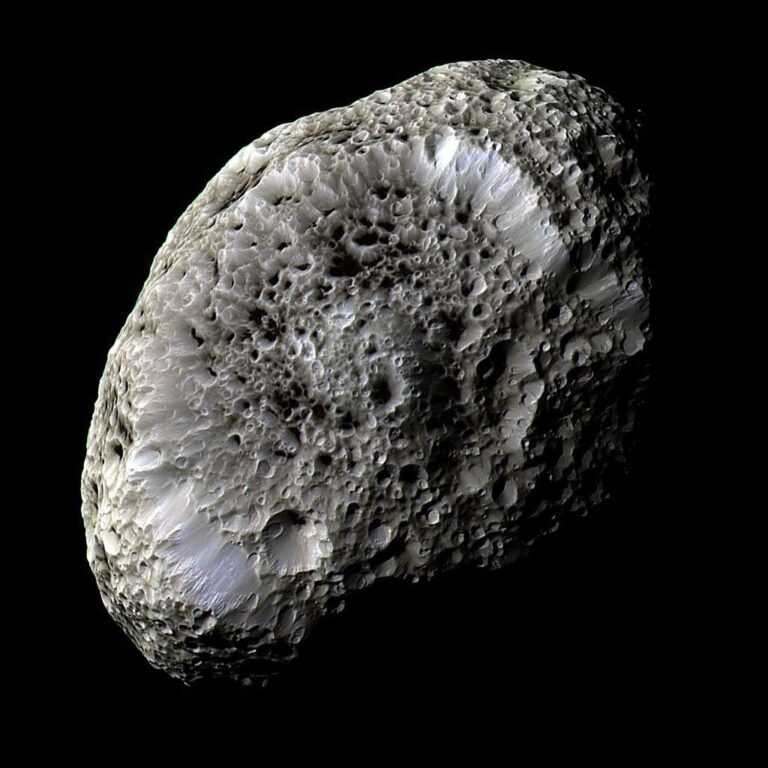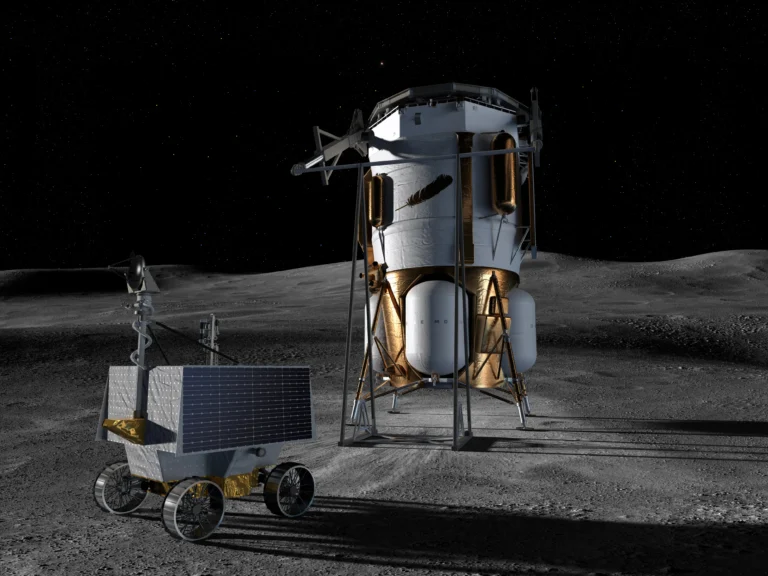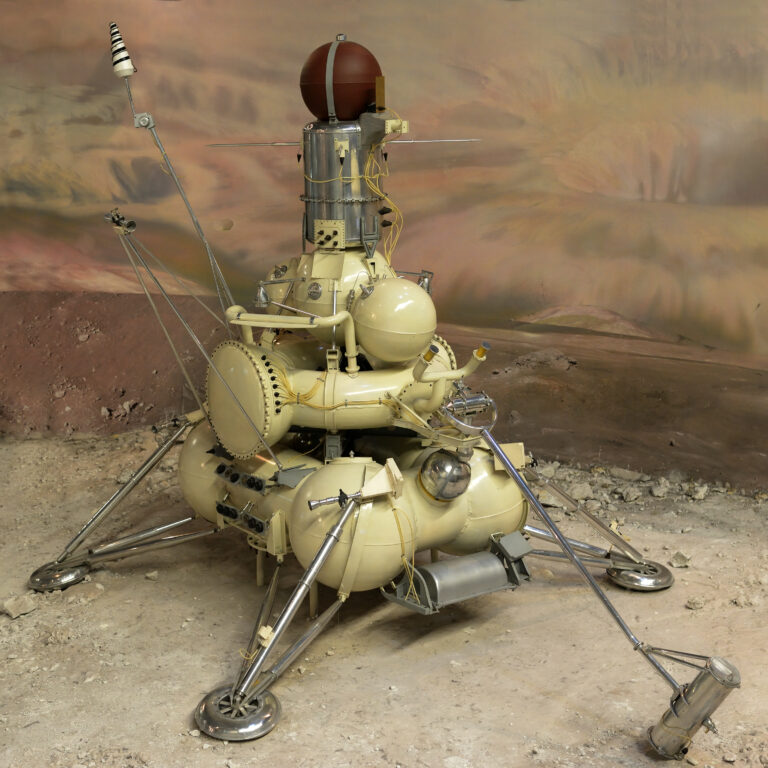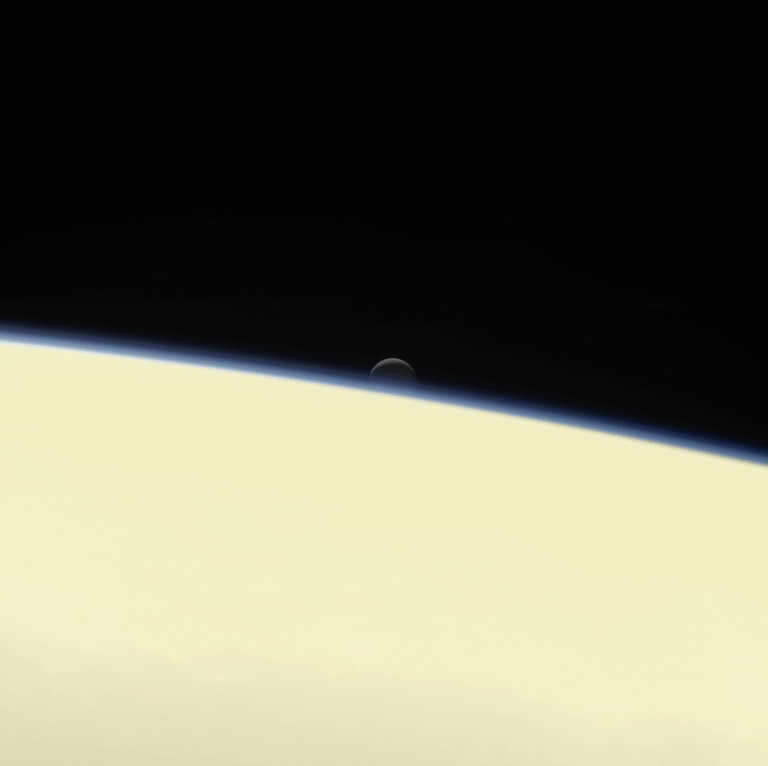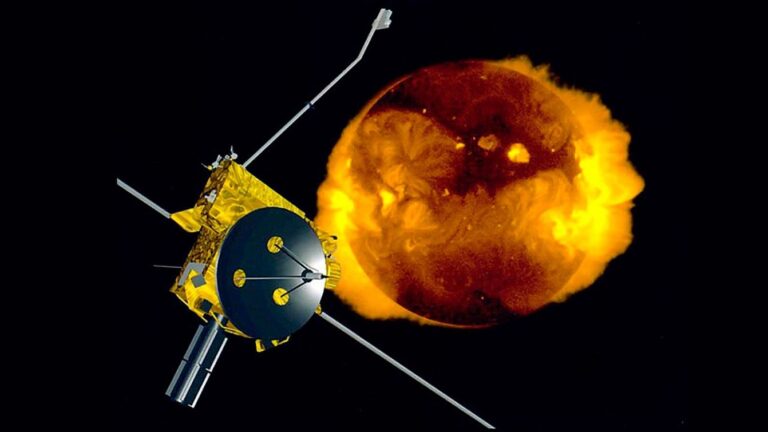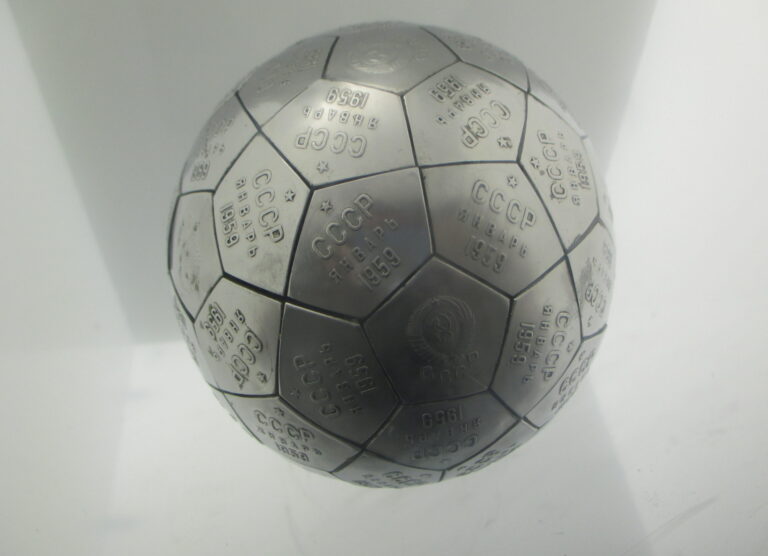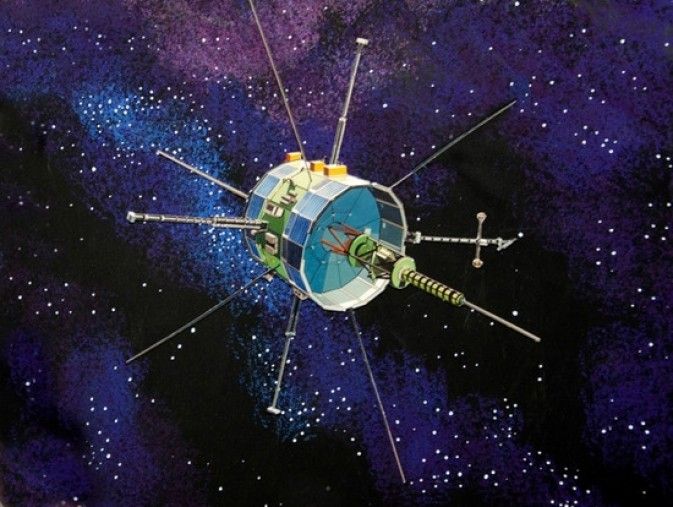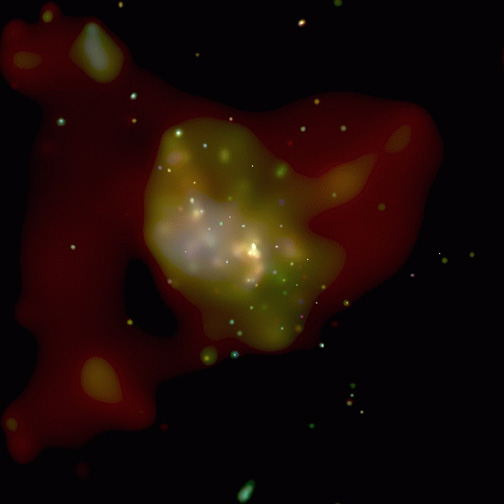Key Takeaways:
A paper today in Nature details the weird workings of the system. For every four orbits that Kepler-223b makes, Kepler-223c makes three, and Kepler-223d makes two. And for every four orbits that Kepler-223d makes, Kepler-223e makes three. It’s so tightly packed that it precludes any large moons, or even nearby planets that might tug any of these planets out of the tight resonance.
Add in that this system is far older than the Sun and you have a weird, weird system.
“This is a unique case in the Kepler data and all of nature, really, that four planets are in resonance with one another,” said Dan Fabrycky, an assistant professor at the University of Chicago and a co-author on the paper.
Sean Mills, a graduate student at the University of Chicago and lead author of the paper, ran the numbers on these swiftly moving worlds. Kepler-223b orbits in 7 days and Kepler-223e orbits in 20 days.
Our own solar system may have looked something like Kepler-223 at some point. Indeed, it’s how a lot of solar systems work. But eventually, planetesimals and other gravitational bodies pull planets out to different orbits. In the case of our solar system, something more extreme happened that makes our system thus far an outlier compared to systems with tightly orbiting worlds baked by their stars.
“There can’t be any planets near any of these planets, because it would perturb the resonance they’re in,” Mills said.
Indeed, in our own solar system, there are no resonances quite this tight. Neptune / Uranus are both near (but not quite at) 2:1 resonance, but far more separated than any Kepler-223b world.
But somewhere along the line, any other planets or larger solar system bodies were cleared out, leaving four planets that keep each other so gravitationally tightly in check that their orbits haven’t changed for billions of years.
“They’re always interacting in the same way, in the same configuration, over and over again,” Mills said. This leaves the matter of the formation of the solar system. Most models of our own solar system show a chaotic free-for-all of planets crashing into each other and any planets that moved in close to the Sun either crashing into it or getting flung much farther out, whether it’s Jupiter or the theorized Planet Nine, whose orbital eccentricity may owe to this migratory pile-up.
Kepler-223 is instead more neat and tidy. The planets may have simply formed and migrated in and then never left. It could offer clues to the inner workings of other tightly-orbiting star systems found by Kepler.
“This system did not form by giant impact, it formed by migration,” Mills said. “Perhaps these other systems formed by migration.”
Follow-ups on Kepler-223 may be hard. Indeed, it took a while to confirm that the transits were even planets at all owing to the distance of the star, and large observatories like Keck were needed to make any follow-up observations at all. But Mills and Fabrycky say that the key to understanding it may be to find close analogs, or systems that started out the same and then got thrown into chaos.
“People have been discussing the formation of these guys for four or five years – how come they have a gas layer on top and how did they form like that?” Fabrycky said. “How did they get that close to the star?”
Those answers may be out there. We just need to find other systems like Kepler-223 out there. If, indeed, there are any.
This post has been updated to reflect that Earth and Mars are not in 2:1 resonance, and correct the orbital paramaters of the Kepler-223 planets.


